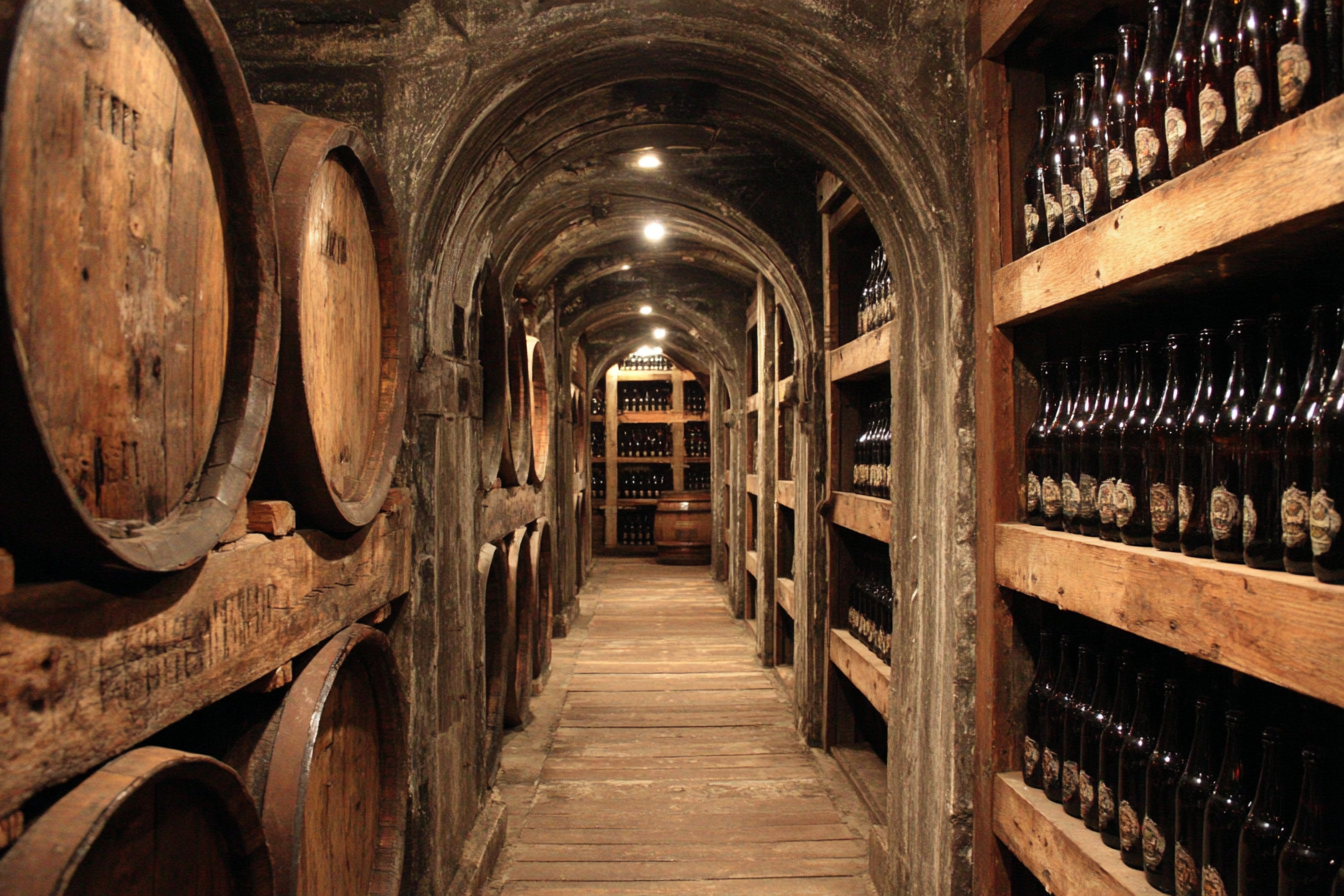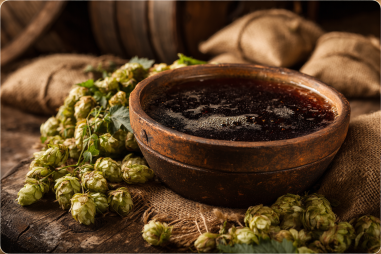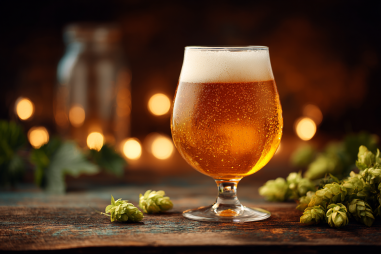Barrel-aged barleywine is a remarkable beer style that combines the rich, intense flavors of traditional barleywine with the nuanced complexities imparted by aging in wooden barrels. This process often yields a beer with deep caramel notes, hints of vanilla, oak, and sometimes a pleasant warming alcohol presence. However, the magic of barrel-aged barleywine truly unfolds over time, provided it is stored under optimal conditions. Proper storage not only preserves the beer’s unique character but also allows it to develop and mature gracefully, enhancing its flavor profile and overall drinking experience.
Why Proper Storage Conditions Matter
Barrel-aged barleywine is an artisanal product that benefits immensely from careful storage. Unlike some beers meant for immediate consumption, this style’s complexity can deepen and evolve over months or even years. However, inconsistent conditions can spoil a batch or lead to unwanted flavors such as oxidation or excessive sourness. By maintaining steady, climate-controlled environments, you give the beer the best chance to age gracefully and express its full flavor potential through subtle transformations that make each bottle truly special.
Ideal Temperature and Humidity Ranges
Temperature control is among the most critical aspects of storing barrel-aged barleywine. The ideal temperature range typically falls between 50°F and 60°F (10°C to 15.5°C). This range minimizes dramatic fluctuations that can stress the beer’s compounds, preventing premature oxidation and off-flavors. Storing the bottles too warm can accelerate aging but risk losing delicate nuances, while colder temperatures might slow development excessively and reduce complexity.
Humidity is similarly important to consider. A moderate humidity level between 50% and 80% is generally recommended. Proper humidity prevents corks from drying out and shrinking, which can allow air to enter the bottle and spoil the beer. Too much humidity, however, can promote mold growth on labels and bottle necks, so maintaining a balance is key.
Protecting Your Barrel-Aged Barleywine from Light and Air
Light exposure can drastically affect the quality of barrel-aged barleywine. Ultraviolet (UV) and fluorescent light can cause “lightstruck” flavors, producing skunky, unpleasant aromas and degrading hop and malt character. To avoid this, store your bottles in a dark environment such as a cellar, dedicated beer fridge, or wine cabinet without glass doors.
Air exposure is equally detrimental. Oxygen slowly infiltrating the bottle can oxidize the beer, altering its flavor profile toward stale, cardboard-like notes and weakening its fresh sweetness. Proper cork integrity and minimal movement help maintain an airtight seal. For non-corked bottles, ensure caps are intact and consider storing bottles upright to minimize the beer’s surface area in contact with air, though some cellaring experts prefer laying bottles on their sides to keep corks moist—especially if corked.
How to Position and Handle Your Bottles
For corked barrel-aged barleywine, bottle orientation is a topic of some debate but generally, storing bottles on their side helps keep the cork wet, preventing it from drying out and thus preserving the seal. However, if you live in an environment with very high humidity, horizontal storage can foster label damage or mold buildup on necks and corks, so balancing factors is important.
For bottles sealed with crown caps, upright storage is preferred to reduce the beer’s contact with the cap and prevent potential metallic flavors. Whichever method you use, keep bottles stable and avoid frequent movement or jostling. The less disturbance to the sediment and yeast bound in the barrel-aged barleywine, the better the aging process will be. Additionally, handling bottles gently helps preserve label condition—an important consideration for collectors.
Recommendations on Storage Duration
Barrel-aged barleywine is one of those rare beers that often improves with age. While some versions can be enjoyed fresh, most are well-suited for cellaring anywhere from 6 months up to 5 years or even longer depending on the brewery’s style and barrel aging techniques. As it ages, expect flavors to mellow, tannins from the wood to integrate, and higher alcohol notes to mellow into warmth rather than harshness.
Be mindful, however, that aging isn’t indefinite. Overextended periods, flavors could degrade or become overly oxidized. A good rule of thumb is to research the particular brew, take tasting notes over time, and consume before quality starts to decline, which varies by brand and batch.
Expert Tips for Cellaring Barrel-Aged Barleywine at Home
Creating the right environment at home doesn’t require professional wine cellar equipment. Here are some practical suggestions for beer enthusiasts:
- Use a dedicated beer fridge: A wine fridge or temperature-controlled mini fridge can maintain ideal temperatures and humidity more reliably than a standard household refrigerator.
- Keep it dark: Store bottles inside opaque boxes or dark cabinets if no cellar is available to limit light exposure.
- Monitor humidity: Consider placing a small hygrometer in your storage area to keep track of humidity levels, and add damp sponges or dehumidifying packs as needed.
- Label and date your bottles: Keep track of when the beer was bottled and when you started cellaring to plan optimal drinking windows.
- Minimize motion: Select a quiet spot away from vibrations and handling to avoid disturbing sediment and affecting aging.
Knowing When to Enjoy Your Stored Barrel-Aged Barleywine
Patience is key for aging barrel-aged barleywine, but how do you know when it’s ready? Look for these signs:
- Complex aroma: Scents of oak, vanilla, dried fruits, and a warming alcohol presence without sharp or overly sweet notes.
- Balanced flavor: The beer should feel smoother, with integrated malt sweetness and controlled bitterness.
- Color and clarity: While some haze is normal, the beer may darken as it ages, signaling maturation.
If you prefer vibrant hop character or fresh malt aromas, those may fade with age, so earlier consumption is advisable. Otherwise, savoring the beer midway through its cellar life often brings the richest experience.
Protecting and Celebrating Your Barrel-Aged Barleywine Collection
Storing barrel-aged barleywine carefully is an act of both preservation and anticipation. By controlling temperature, humidity, light, and handling, you ensure these beers reach their peak potential and provide expanded layers of flavor and aroma over time. Whether you are a seasoned collector or a curious home cellarmaster, applying these storage tips will enhance your enjoyment and pride in this exceptional beer style.
So whether you are laying down a single bottle or a full lineup, thoughtful care will reward you with memorable tasting experiences long into the future. Cheers to the art of barrel-aged barleywine and the joy of watching it age with patience and purpose!







